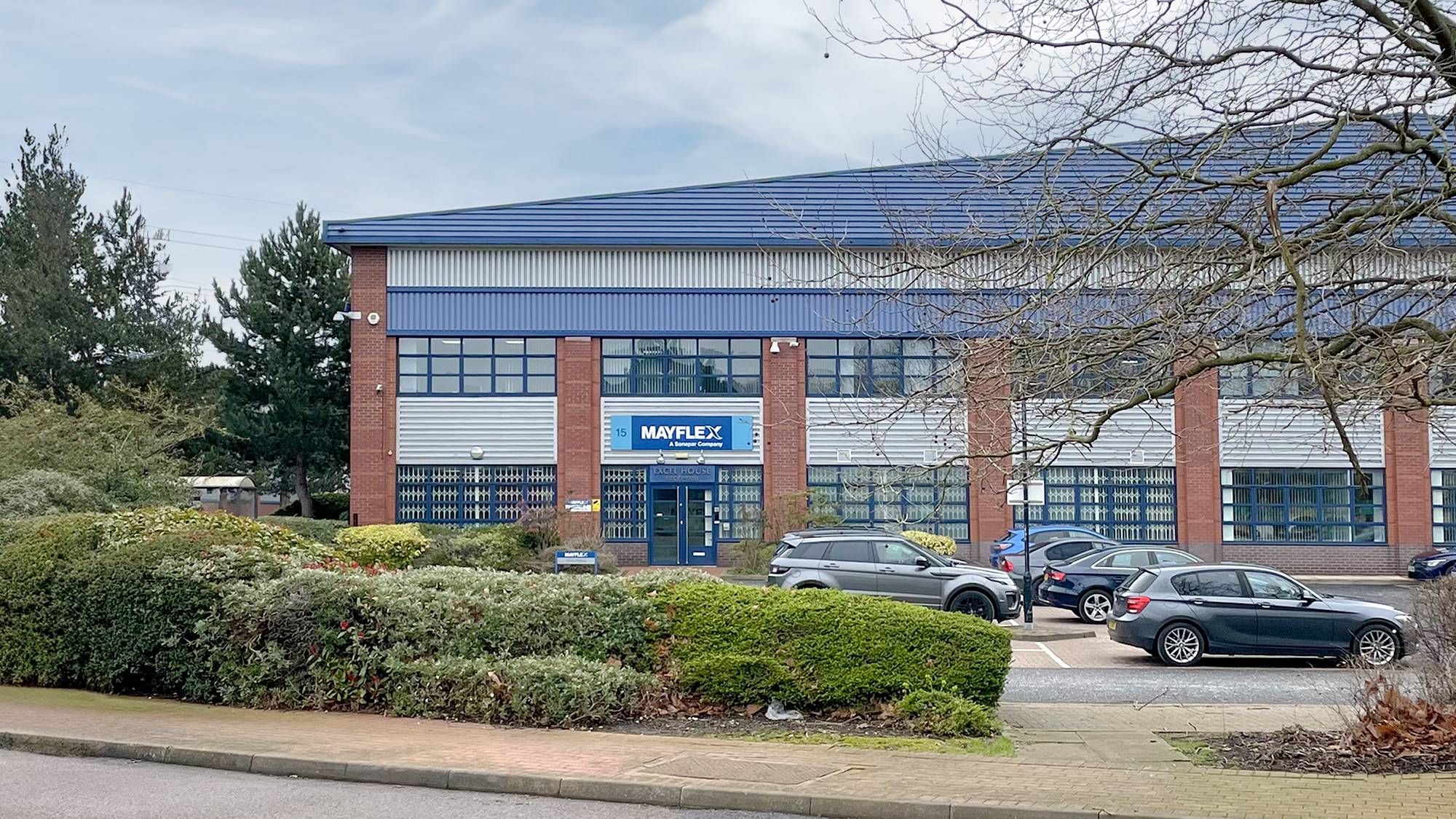FAQs
| Q: |
|---|
|
Q::
When do you use PL3 in fluke testing of copper?
PL3 is selected in copper testing when ever there is Consolidation points in the design. |
|
Q::
What is the required separation distance between copper cabling and Neon lamps?
The minimum separation distance shall be 130mm apart from Neon Lamps. |
|
Q::
What is the required separation distance between copper cabling and Frequency induction heating?
The minimum separation distance shall be 1000mm apart from Frequency induction heating. |
|
Q::
What RAL is the Nordi face plate 101-283?
The nordic face plate 101-283 is RAL 9003 signal white. |
|
Q::
Is there a new RJ45 termination tool?
Yes, we now have the 100-127 termination tool which can terminate all Excel RJ45 plugs, this new tool replaces the 100-115 and 100-119 |
|
Q::
Does Excel offer and colour coded ports on their panels for different system identification?
Yes, the Excel Keystone Panel frame with coloured ID ports is a great way to separate and assist in identifying which ports are for which system, their part codes are as follows: 100-775, 100-775-001 and so forth. |
|
Q::
Is there a cable which is S/FTP armoured?
Yes, the Excel cat 6A external steel wie braid armoured cable is S/FTP and has the following part code: 100-984. |
|
Q::
Does Excel offer and PDUs for other countries?
Yes, Excel offer different PDUs for countries such as Italy, Switzerland with their own plugs and outlets, part codes to consider would be 555-292, 555-294, 555-295 |
|
Q::
Our cabinet in our office is too loud, is there a solution to this?
Yes, the Excel Envron Acoustic Racks, the AR series are designed for office enviroments where noise levels need to be low, the cabinets are designed and manufactured with sound reducing materials. |
|
Q::
Is there a way to route my cables on top of my bayed cabinets?
Yes, you can consider the Roof Raceway for this, its designed to route cable between cabinets in a dedicated channel. |
|
Q::
Is OM4 backward compatible
In short the answer is yes, it is compatible with both OM3 + OM2 |
|
Q::
Can you confirm if a 100-107 will fit in a 100-022
Yeah these two parts fit together |
|
Q::
What is the useable depth of a 390mm cabinet?
The maximum distance at which these profiles can be moved is 200mm |
|
Q::
Is the GVT-2001 a passive device?
GVT-2001 is a passive device and will not be discoverable on the network |
